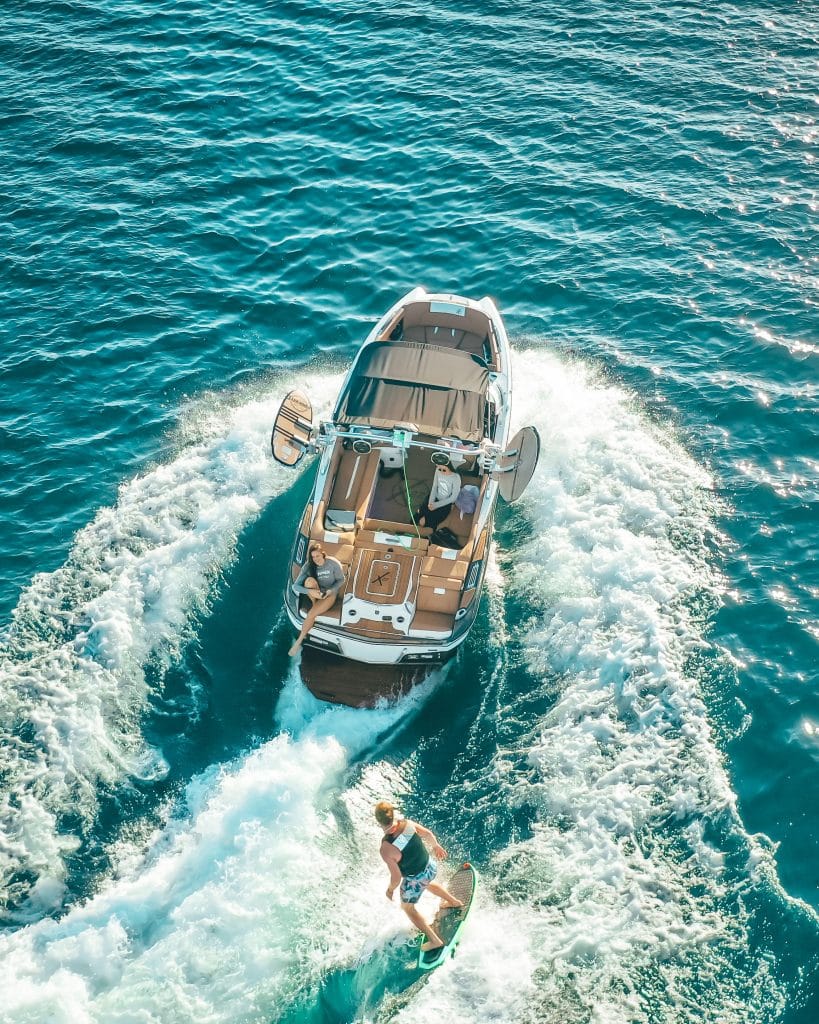Navigating the open waters can be a thrilling experience, but it’s essential to have the right equipment on board to ensure a safe and enjoyable trip. One crucial piece of equipment is a marine VHF radio, which allows you to communicate with other vessels and receive important weather updates. And if you’re planning a trip to the beautiful island of Sifnos, consider exploring the crystal-clear waters with the help of Sifnos boat rentals, which offer a wide range of vessels to suit your needs.
Whether you are new to or experienced at boating, here are some tips on using a marine VHF radio effectively.
Tip #1: Familiarize yourself with the operations and avoid skill fade
You now have the VHF marine radio license to make a radio purchase. The next order of business is to get acquainted with your radio. You want to make sure you get accustomed to its functions.
Confidence is vital when dealing with emergencies. When you’re unsure about using the radio, you might use it wrongly and mess things up. But when you know the device like the back of your hand, you should be able to use it confidently and efficiently. In emergency scenarios, this can mean the difference between life and death.
So never leave your device unused for long. You can always get a fellow license holder to help you in case you have questions or are unsure about certain operations. And when you do get the hang of things, avoid “skill fade” by practicing regularly.

Tip #2: Make sure your radio is working properly
Before going out to sea, make sure everything is in order, including your radio.
Power it on and see if all the functions and channels are working as they should. If it’s a handheld model, make sure the battery is charged fully. You may want to bring an extra battery bank as an added safety consideration.
Another thing to keep an eye on is salt corrosion. Certain parts of your device can corrode when exposed to salt spray. Salt can also build up over time, so wash your radio once you’re done for the day. This should prevent some of its parts from building up too much salt and corroding, which can result in the device malfunctioning.
Lastly, check the antenna of a fixed radio. Antenna placement is vital, and you want to make sure yours is still attached to the vessel and properly elevated. Nothing should be in the way of the antenna, so messages are received and sent without issue.
Prior to sailing off, check the antenna’s condition. Antennas are regularly exposed to sunlight and salt spray, and you have to know whether that has taken a toll on them. In particular, inspect the radio wiring periodically, as this tends to get affected by salt corrosion the most.
Tip #3: Transmit briefly, clearly, and in a disciplined manner
A busy channel or shipping area will call on you to be brief, clear, and disciplined with your radio operations. There’s a lot of commercial marine traffic and hardly enough channels for everyone, so short and precise is the only way to go.
You also want to check the port’s website in case there are additional recommendations or restrictions mariners should observe regarding VHF channel use.
Tip #4: Radio etiquette is a must
Listen to either channel 09 or 16 (the calling channels) for at least half a minute to ensure you won’t interfere with a conversation that’s already going on. So you won’t interrupt an important exchange; set your radio’s squelch control at the exact point where it cancels out-static enough to still let you listen to other radio traffic.

Once the channel is clear, that’s when you push down the button for talking, making sure you abide by the protocol you’ve been taught in your radio course. Furthermore, always let the other side know who you are — identify yourself. Not only is this one of the conditions of your license, but it also avoids confusing those who are listening.
Tip #5: Use a good microphone technique
Using a good microphone technique helps you convey your message more clearly. When you have the green light to talk, push the talk button on your mic. Hold the mic an inch from your mouth and slowly call the vessel’s name. Use a normal tone of voice to avoid any distortion.
Tip #6: Use low power
When using marine VHF radios, there are two settings to choose from: low power and high power. Low power must always be your default setting, as it has a shorter range that allows other vessels a few miles of the area to access the same channel.
There you have it — the six things you need for using a marine VHF radio effectively aside from your license. Your radio course may have already taught you most of all of them, but it always helps to be reminded.
Take these tips to heart whenever you set sail, and you should feel a lot safer and much more at peace at sea!













Leave a Reply